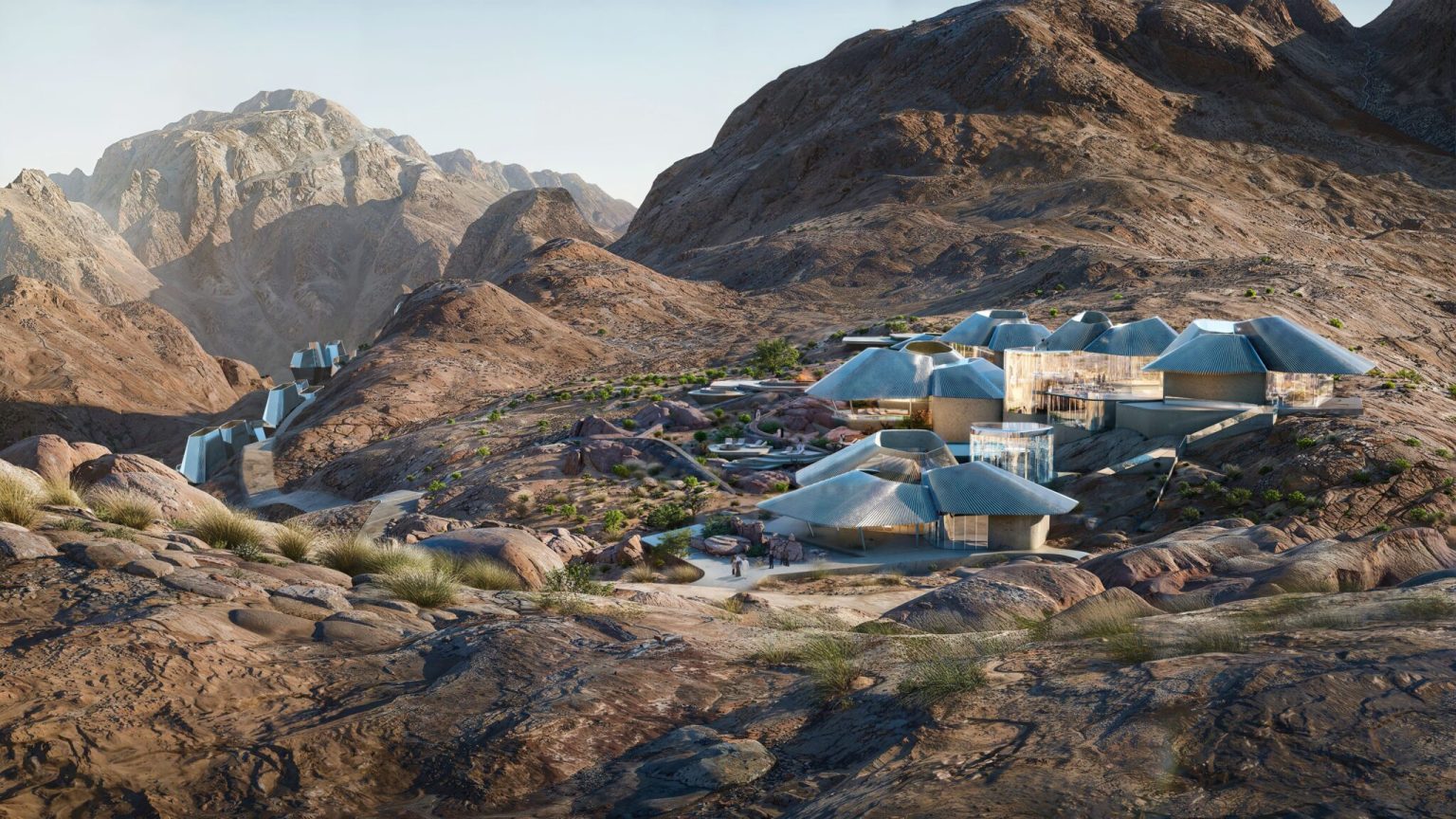The Future Hospitality Summit in Riyadh discussed the high cost of the new tourism offerings in Saudi Arabia, with 320,000 new hotel rooms expected to open by the end of the decade. The majority of these new rooms will be in the luxury and upscale segments, aligning with the goal of attracting 70 million international tourists in the future. However, these luxury developments funded by the Public Investment Fund (PIF) are facing challenges in terms of return on investment and visitor limitations.
Many of the new luxury projects in Saudi Arabia, such as The Red Sea, are being built exclusively with five-star hotels, limiting access to visitors and making it difficult to achieve the desired international tourism goals. The focus on luxury properties is seen as a barrier to attracting a broader range of travelers, as not everyone can afford high nightly rates. The summit highlighted the need for more mid-market hotel options to accommodate a wider range of travelers and make Saudi Arabia’s tourism offerings more inclusive and accessible.
Accor, a major player in Saudi Arabia’s hospitality industry, is focusing on expanding its luxury properties in major locations such as giga-projects, while also developing a strategy for premium, midscale, and economy properties in second-tier cities. Despite the emphasis on luxury developments, some mid-market hotels are opening in projects like The Red Sea and Neom to accommodate incoming consultants, contractors, and architects. These mid-market properties are seen as opportunities for generating profits and providing more affordable accommodation options.
Hilton is also looking at existing budget hotels in Saudi Arabia as options for its new Spark brand, recognizing the demand for more affordable lodging options in the market. The summit discussed the importance of converting existing buildings into mid-scale hotels to meet the needs of a diverse range of travelers. Despite the current focus on luxury properties, there is increasing recognition of the value of mid-market hotels in democratizing travel and attracting a wider range of visitors to Saudi Arabia.
While Saudi Arabia aims to attract 70 million international tourists by 2030, there are challenges in balancing the development of luxury properties with the need for more mid-market options. The focus on exclusivity in Saudi Arabia’s tourism offerings is seen as a potential barrier to achieving visitor goals, as not all travelers can afford high-end accommodations. The push for more mid-market hotels and affordable lodging options signals a shift towards a more inclusive tourism strategy that caters to a broader range of travelers in the region.


